Exploring the Hidden Marvel of Colonnes de Buren in Paris
Nestled amid the grandeur of Paris, a hidden gem beckons, often unnoticed by the casual observer. The “Colonnes de Buren,” also known as “Les Deux Plateaux,” stands as a mesmerizing work of art created by renowned French artist Daniel Buren between 1985 and 1986. This striking installation resides within the inner courtyard, known as the Galerie Cour d’Honneur, of the Palais Royal, just a leisurely stroll from the world-famous Louvre Museum. While it has gained fame on social media for its captivating black and white pillars, the history and allure of this artistic masterpiece run much deeper.
The Art and the Artist:
Buren’s Columns are a visual delight, composed of 252 striped columns made of marble and concrete that occupy the entire inner courtyard of the Palais Royal in Paris. The installation is accompanied by red and green lights and a swirling water feature under a metal grille. The columns are evenly spaced but sometimes vary in height, creating a captivating visual effect.
However, the story of this artwork is marked by passionate controversy. Eight days before the scheduled completion date, angry residents of the Palais Royal halted construction. Eventually, construction resumed, and two months after the resumption, it was decided to “tolerate rather than tear down.” The base of the columns descends into the courtyard’s basement and rises to ground level, symbolizing the union of the past, present, and future by evoking the historical relationship between underground and street-level Paris.
The information above is sourced from the author’s website knoetgen@uoregon.edu, and we extend our gratitude for their contribution to our understanding of Buren’s Columns.
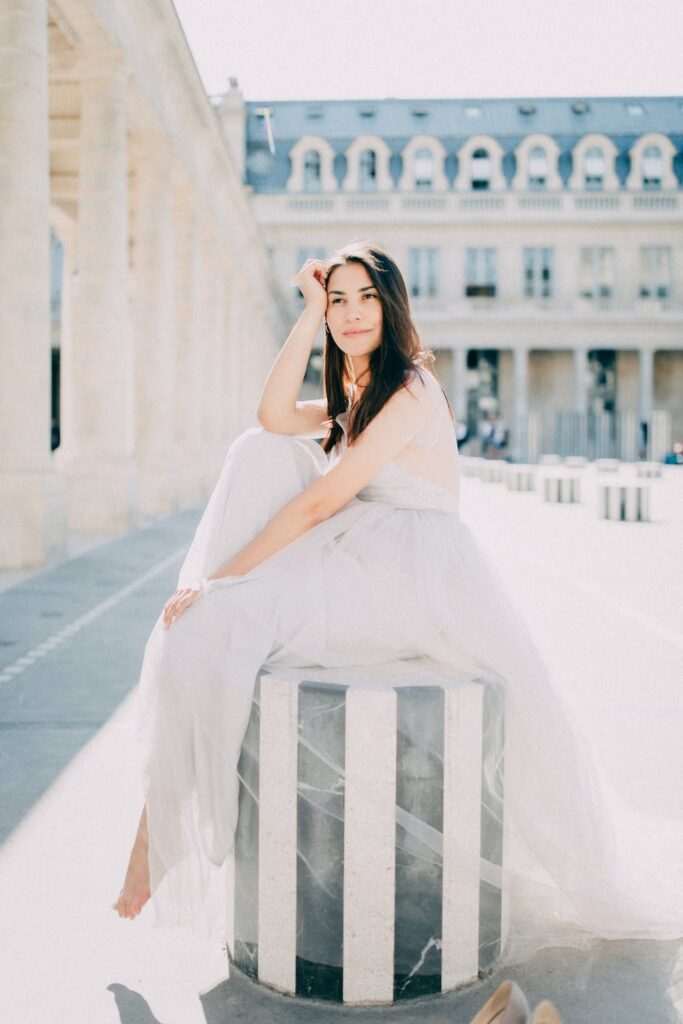
A Palais Royal Prelude:
To truly appreciate the controversy and transformation surrounding the “Colonnes de Buren,” it’s essential to delve into the history of the Palais Royal. Originally named the Palais-Cardinal, this opulent former royal palace in the 1st arrondissement of Paris was constructed between 1633 and 1639 by the architect Jacques Lemercier. The palace’s association with Cardinal Richelieu, who played a significant role in Alexandre Dumas’s “The Three Musketeers,” adds a touch of literary and cinematic intrigue.
Upon Richelieu’s death, the palace transitioned through different hands, eventually falling under the ownership of Louis XIII and later, Louis XIV’s younger brother, Philippe I, the Duke d’Orleans. The winds of change continued to blow, and the palace was repurposed during the French Revolution. Today, the Palais Royal mainly houses government buildings, including the Ministry of Culture, the Conseil d’État, and the Constitutional Council. Interspersed within these stately structures are chic shops, inviting cafes, upscale restaurants, and theaters. The Palais Royal’s manicured park provides respite for Parisians seeking solace away from the bustling Louvre crowds.
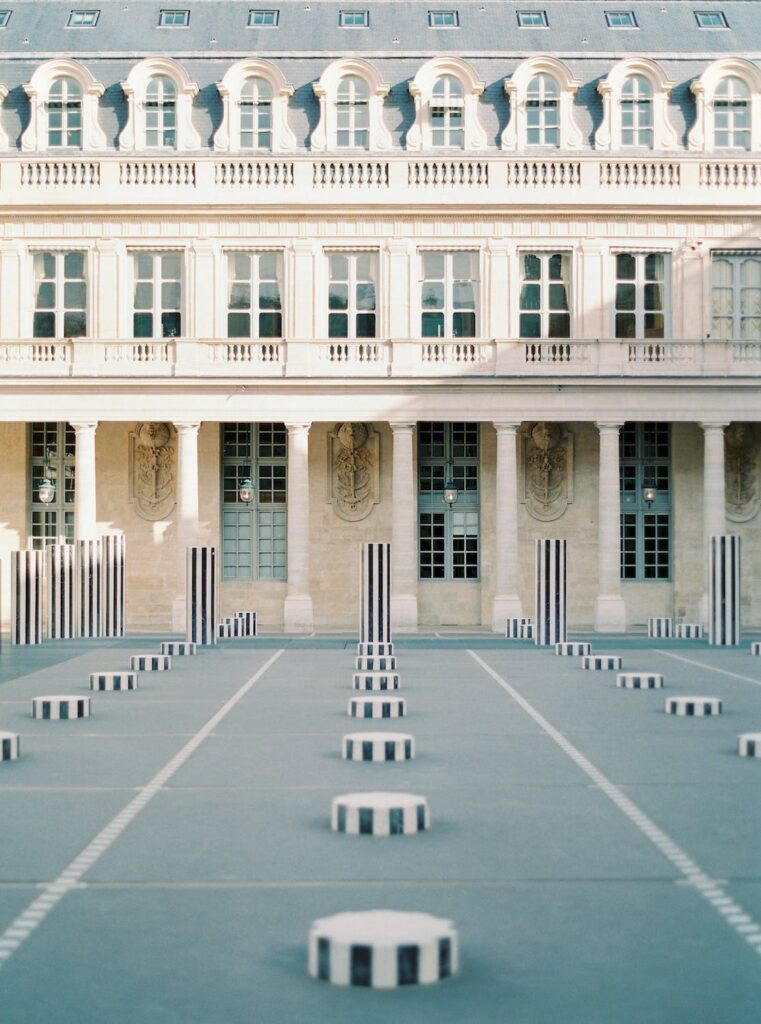
A Return to Admiration:
Despite the initial backlash and tumultuous beginnings, the “Colonnes de Buren” ultimately found its place in Parisian hearts. In time, the controversy waned, and the installation was embraced by Parisians. Today, the site teems with life, attracting skaters, children, and tourists eager to capture the beauty and artistic allure of this place. It is a testament to the enduring power of art and its ability to transform a historical space into a contemporary masterpiece.
Exploring the Hidden Marvel:
The address for the “Colonnes de Buren/Les Deux Plateaux” is Galerie de la Cour d’Honneur, 2 Rue de Montpensier, 75001 Paris.
When you find yourself in the City of Light, don’t let this hidden gem escape your notice. The “Colonnes de Buren” promises not only a visual spectacle but also a journey through history, art, and the enduring spirit of Paris, leaving an indelible mark on your adventure in this enchanting city.
Photo by ArtHouse Studio: https://www.pexels.com/photo/palais-royal-courtyard-in-paris-on-fine-day-4330024/



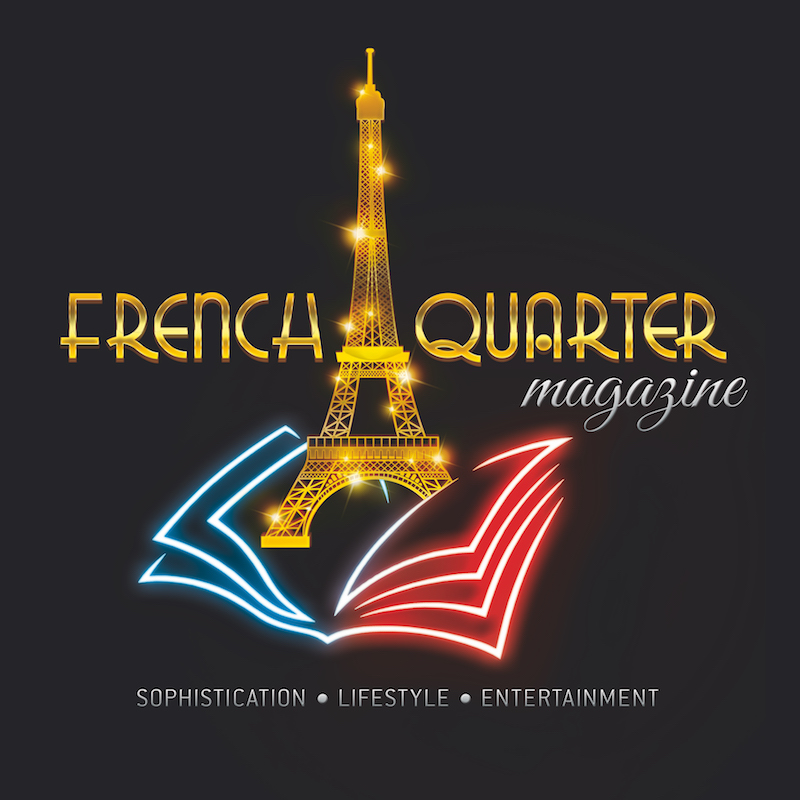
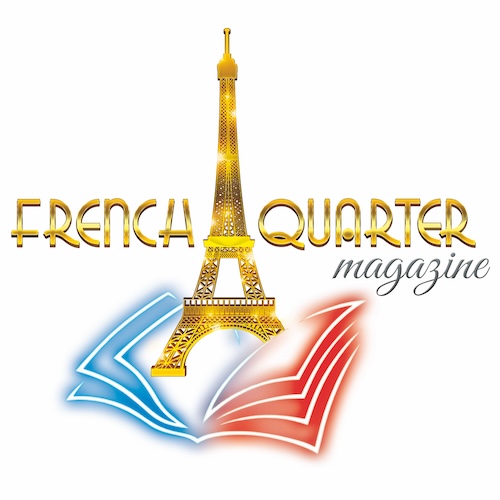






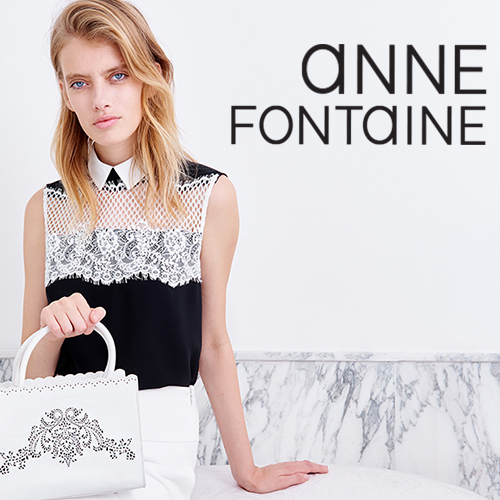





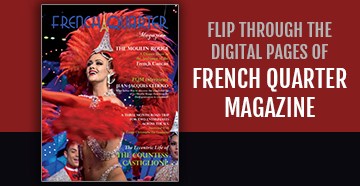





Merci pour votre commentaire intéressant, Annick ! Désolée pour la réponse tardive. Nous avons dû restructurer notre équipe. Nous sommes…